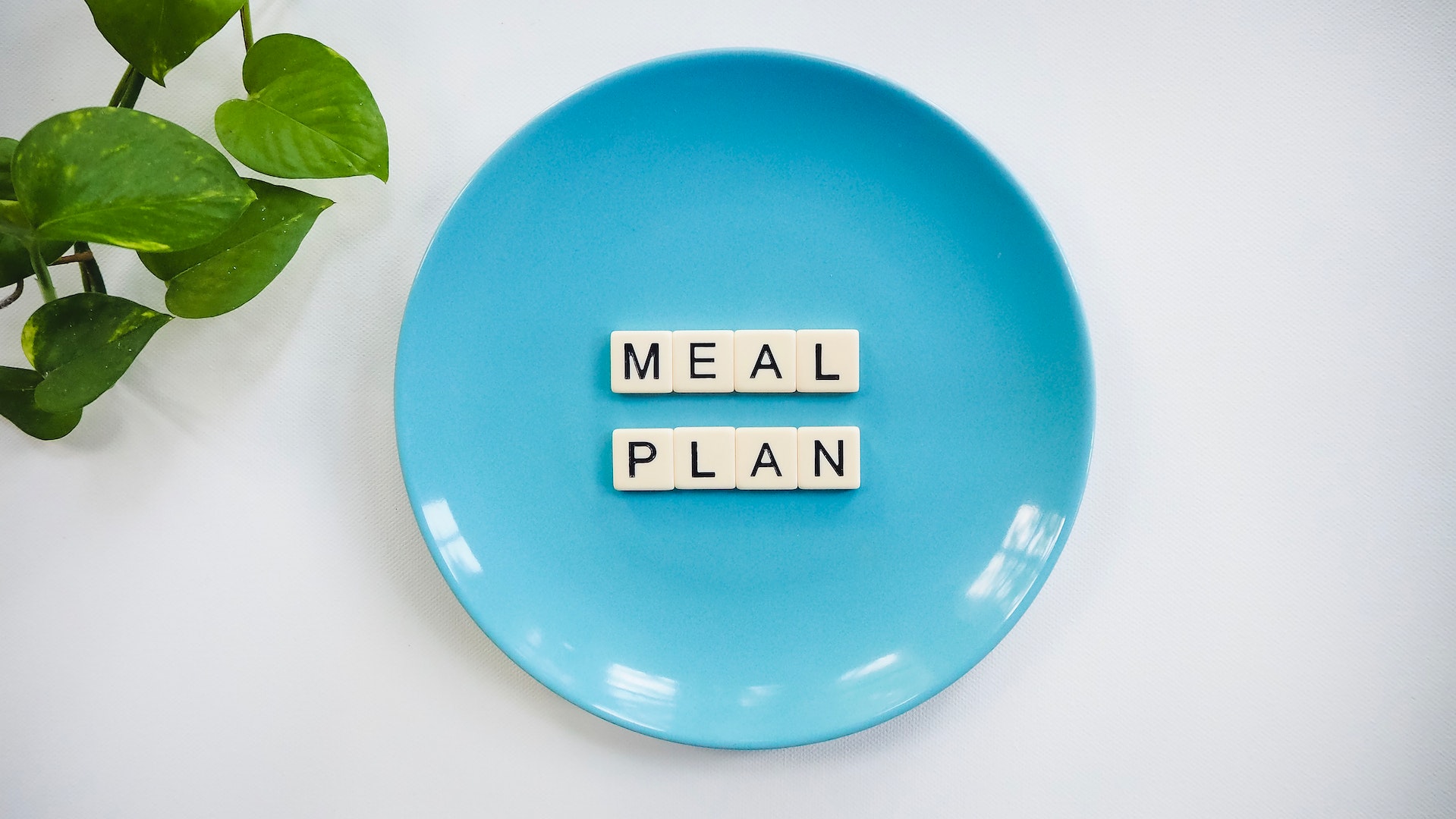How to Create a Meal Plan for Intermittent Fasting?
Welcome to the world of intermittent fasting, where meal planning takes on a whole new level of importance. Whether you’re trying to lose weight, improve your overall health, or optimize your energy levels, creating a well-balanced meal plan is key. But where do you start? How do you ensure that you’re getting all the necessary nutrients while still adhering to your fasting schedule? Fear not. In this blog post, we’ll guide you through the process of creating an effective and sustainable meal plan for intermittent fasting. If you are doing intermittent fasting to lose weight, you should use an app. If you are interested, you can check this guide. So grab your pen and paper (or open up that note-taking app) because, by the end of this article, you’ll be a meal-planning pro.

Calculate Your Calorie Needs
First things first, before you start planning your meals for intermittent fasting, it’s essential to calculate your calorie needs. This step will help you determine the appropriate amount of calories to consume during your eating window. To begin, consider factors such as age, gender, weight, height, and activity level. These variables play a crucial role in determining how many calories you need to maintain or achieve your desired weight. Online calculators can be a handy tool for this purpose – enter your details and let the magic happen. Once you have an estimate of your total daily calorie needs, it’s important to divide them appropriately throughout your eating window. Remember that intermittent fasting is all about timing – so if you’re on a 16:8 schedule (fasting for 16 hours and eating within an 8-hour window), plan accordingly.
For example, if you’ve calculated that you need around 2000 calories per day and follow a 16:8 schedule, aim for two balanced meals within those eight hours – each containing approximately 1000 calories. Alternatively, some people prefer three smaller meals or even five smaller snacks throughout their eating window. By calculating your specific calorie needs and then distributing them strategically throughout the day, you’ll ensure that your body receives adequate nourishment while still maintaining the benefits of intermittent fasting. Remember, though, these calculations are just guidelines! Listen to your body’s cues – hunger levels and energy demands may vary from person to person. It might take some trial-and-error initially, but finding what works best for YOU is key when creating a sustainable meal plan for intermittent fasting.
Choose Appropriate Fasting Schedule
Choosing an appropriate fasting schedule is a crucial step in creating your meal plan for intermittent fasting. There are several different fasting methods to choose from, each with its unique benefits and considerations. One popular method is the 16/8 fast, which involves fasting for 16 hours and having an eating window of 8 hours. This can be achieved by skipping breakfast and starting your eating window at lunchtime. Another option is the 5:2 fast, where you eat normally for five days of the week and restrict your calorie intake to around 500-600 calories on …

